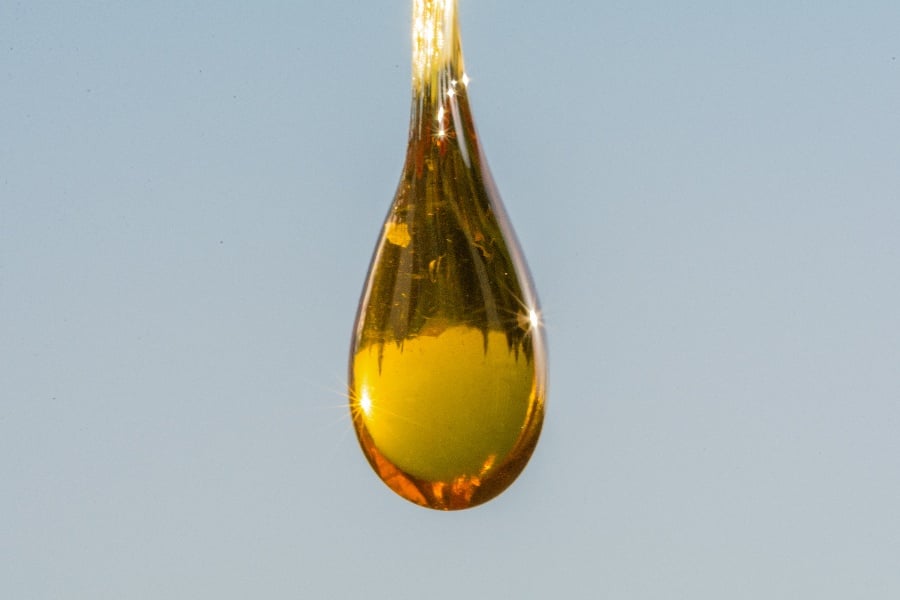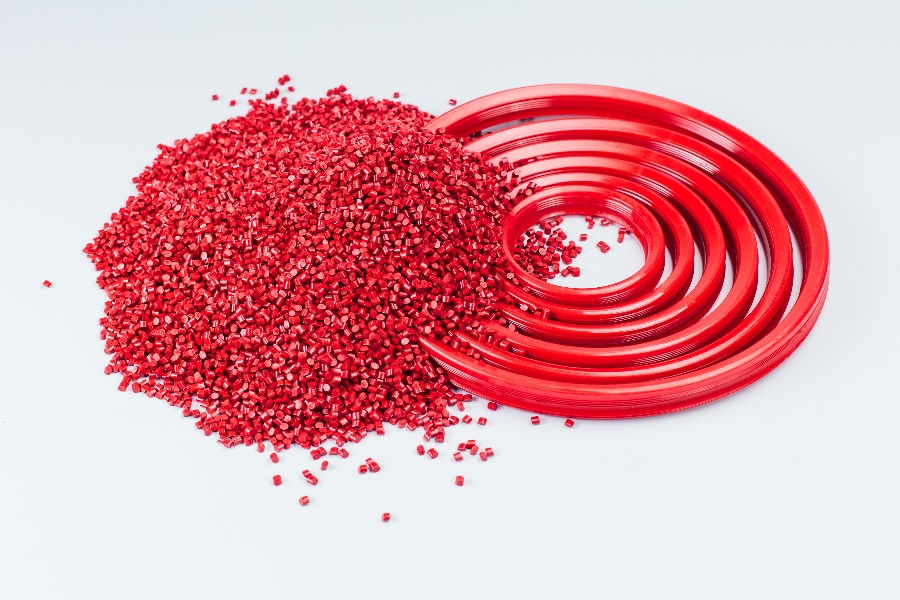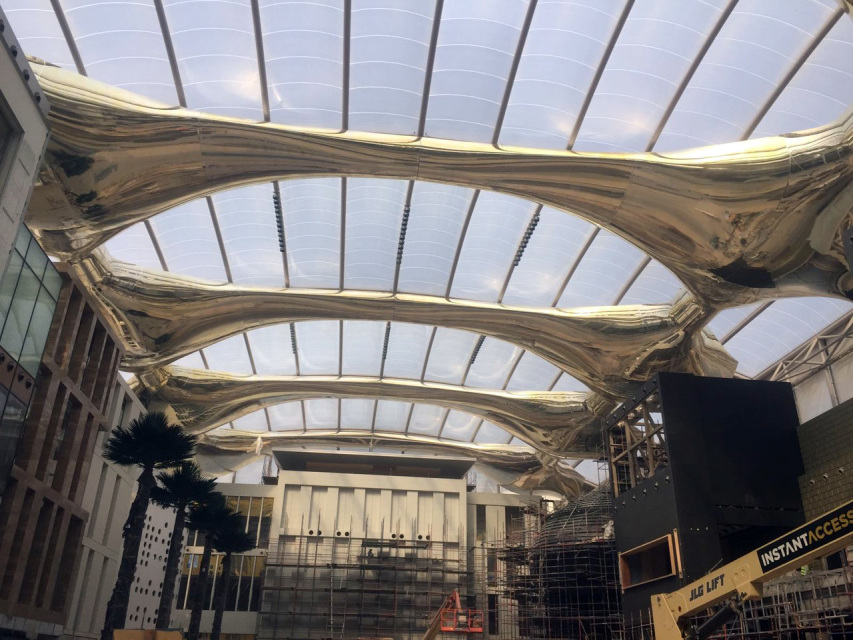
Although airplanes were invested in 1903 by the Wright Brothers, human flight has been a dream of mankind for thousands of years.
We aren’t talking about sitting in an aircraft and flying. We are talking about a person flying like a bird. Is it even possible with today’s advancements in technology?
Let’s find out.
Taking to the Skies
While a human cannot fly unaided, BMW has invented an electrified wingsuit that allows people to take to the skies like birds.
Known as the BMW i Electrified Wingsuit, this innovation uses dual carbon fiber impellers to power the suit with sustainable energy.
Each impeller is fitted with an electric motor that generates about 10 horsepower. Not only does this system allow the person to stay in the air for up to five minutes, but it also enables high-speed flying.
If you’re thinking that this wingsuit must be heavy, think again. Since the impellers are made of carbon fiber, the entire suit only weighs 26 pounds. The impellers are situated at the front of the wingsuit, and they each spin at 25,000 rpm.
To complete the initial fight tests, base jumper and professional skydiver, Peter Salzmann, leaped from a helicopter wearing the new wingsuit.
Starting from a height of 9,842 feet (3,000 meters), Salzmann put this human light suit to the test against other conventional wingsuits.
The results of this test showed that the new BMW i Electrified Wingsuit was able to accelerate faster than others. In flight, Salzmann was able to hit speed upward of 186 mph (300 km/h) immediately.
This actual human flight test took place after the BMW wind tunnel tests, which are the same tests used for the company’s vehicles.
Impellers vs Propellers
At this point, you’re probably wondering what an impeller is and how it is different from a conventional propeller.
Propellers are basically just really strong fans. They are designed to move the air by pushing against it, which allows for the conversion of rotation motion to linear motion.
On the other hand, an impeller is a rotary design that produces more of a sucking force instead of pushing.
The carbon fiber impellers used in the BMW wingsuit are enclosed by a ring or tube casing. By combining a unique propulsion system with advanced Fiber Reinforced Polymer (FRP) composite materials, faster human flight was made possible.
Why Use Carbon Fiber?
If you haven’t noticed, both fiberglass and carbon fiber can be found in many different sporting goods and aircraft. A wingsuit is a fusion of both industries.
While it technically is not an aircraft, it does require some of the same properties that aircraft use. In a sense, it is a wearable piece of air equipment that is used for an extreme sport.
Choosing carbon fiber for the impellers was a fantastic decision due to the material’s lightweight composition. Let’s look at a few material options.
Steel: This conventional metal material is very heavy, susceptible to corrosion, and conductive.
Aluminum: While it is lighter than steel and won’t rust, it is still conductive and heavier than carbon fiber.
Carbon Fiber: This FRP composite material is 70% lighter than steel and 40% lighter than aluminum. It is also resistant to corrosion, and is also conductive.
Choosing an extremely lightweight material was the first requirement for a project like this wingsuit.
Reducing the total weight as much as possible will not only increase the amount of flight time the person will have, but it will also enhance the acceleration time and top speed.
Another point to consider is corrosion. Steel is highly susceptible to rust. Yes, it can be treated with chemical coatings to make it last a bit longer, but in the end, moisture always prevails over steel.
This means that moisture from humid environments, weather, and even sweat can eventually cause steel to rust. So, steel is too heavy to use in a wingsuit, and it will be subject to decay over time.
While aluminum is a popular metal material for some sporting goods because it will not rust, it is still not the lightest weight material available.
Why Not Use Fiberglass?
There are a few reasons why carbon fiber is a better material for this job than fiberglass.
First, carbon fiber is slightly lighter weight than fiberglass. It is also more rigid and has a higher tensile strength than fiberglass.
On the other hand, fiberglass is less expensive, it is more flexible, and non-conductive.
In the case of the BMW i Electrified Wingsuit, the brains behind the design would value weight, strength, and rigidity over cost and flexibility.
Tencom Products
Here at Tencom, our experts specialize in fiberglass profiles. However, we do work with other FRP composite materials as well.
For your custom FRP composite products, you can choose from the following base materials:
- E-glass
- E-glass and mat
- S-glass
- Carbon
- Kevlar
We also have a wide range of resins to choose from including:
- Standard
- Acrylated
- Aliphatic
- Epoxy
- Phenolic
- Polyester
- Polyurethane
- Vinylester
If you are not sure which combination you need, our experts can help. Simply get in touch with our team and tell them what kind of project you are undertaking.
They will be able to make solid recommendations about the right kind of FRP composite for the job at hand.














